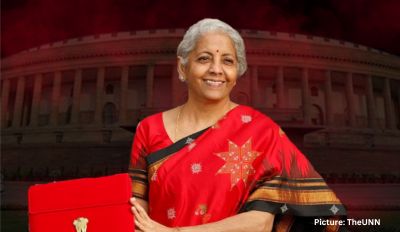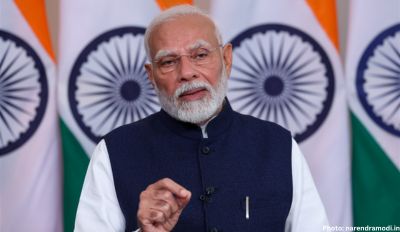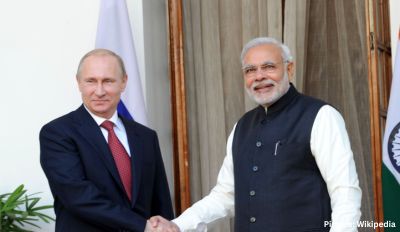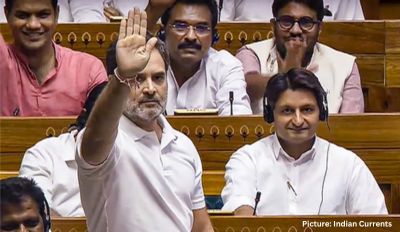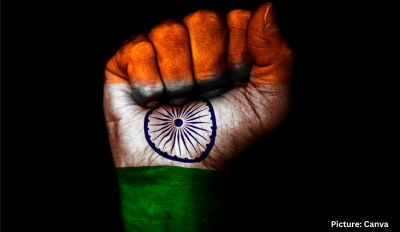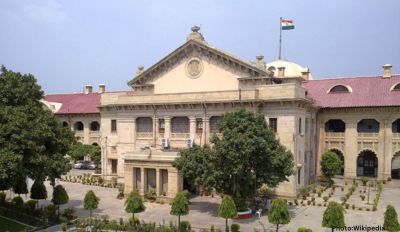The midnight of August 15, 1947 is perhaps noted as the most significant in the pages of Indian history. In the words of Jawaharlal Nehru, India awoke to life and freedom. But if freedom is the hard earned dream come true for the nationalist leaders of India, then stitching together the hundreds of territorial pieces into a distinct whole was an aspiration much harder to realize and as of August 15, lay yet unfulfilled. The departure of the British from Indian territory was accompanied by the question of how to bring together the 500-odd chiefdoms and states they had left behind.
The Indian Independence Act of 1947 gave princely states an option to accede to the newly born dominions India or Pakistan or continue as an independent sovereign state. At that time more than 500 princely states have covered 48 percent of the area of pre Independent India and constituted 28% of its population.
These kingdoms were not legally part of British India, but in reality, they were completely subordinate to the British Crown. For the British these states were the necessary allies, to keep in check the rise of other colonial powers and nationalist tendencies in India. Accordingly, the princes were given autonomy over their territories, but the British acquired for themselves the right to appoint ministers and get military support as and when required. However, several states were adamant over their decision to not join India. Some of them wanted independent statehood, while others wished to join hands with Pakistan.
Here are the five princely states that were against integrating with India:
- Travancore
Known for its maritime trade and richness on both human and mineral resources, Travancore was one of the first princely states to refuse the integration. A distinguished lawyer by profession, Sir CP Ramaswamy Iyer was the dewan of Travancore. By 1946 he had declared his intention of forming an independent state.
Historian Ramachandra Guha in his book says that CP Iyer had support from both Mohammed Ali Jinnah and the UK government in this matter. However, he opted to change his mind after an attempted assassination by the Kerala Socialist Party. Thus, Travancore joined India on July 30, 1947.
- Jodhpur
Maharaj Hanwant Singh, the ruler of the Rajput state of Jodhpur was in confusion about the whole matter. Even though the maharani (queen) wanted to join India, he was lured by Jinnah to join Pakistan in the promise of offering full port facilities in Karachi. On the other hand, Vallabhbhai Patel too tried to contact the Maharaja and offered him with sufficient benefits. After many dramatic acts, Hanwant Singh signed the Instrument of Accession on August 11, 1947.
- Bhopal
Ruling over a majority of Hindu population, Hamidullah Khan, the Nawab of Bhopal, always wanted independent statehood. He was against the Congress rule and he had mentioned about the same to Lord Mountbatten. But when the Nawab saw many princely states being integrated with India at large, he too decided on the same by July, 1947.
- Hyderabad
The Nizam of Hyderabad, Mir Usman Ali, was adamant in his decision to be independent and wanted to join the British commonwealth. However, it was not encouraged by the British. The situations in the princely state took violent turn which Vallabhbhai Patel saw as a cancer in the belly of India. On September 13, 1948, under Operation Polo, the Indian troops were sent to Hyderabad. The armed encounter lasted for four days. Thus, on September 18, 1948 the princely state joined India after the army gained full control over the state.
- Junagadh
The princely state of Junagadh was ruled by Nawab Muhammad Mahabat Khanji III. Even though Lord Mountbatten during his address to the princes advised to join the Indian Union, Nawab of Junagadh wanted independence. Junagadh had asked Pakistan for accession, which later got accepted. This move enraged India and thus ordered for a plebiscite. On February 20, 1948 the plebiscite was conducted and 91 percent voted to integrate with India.


